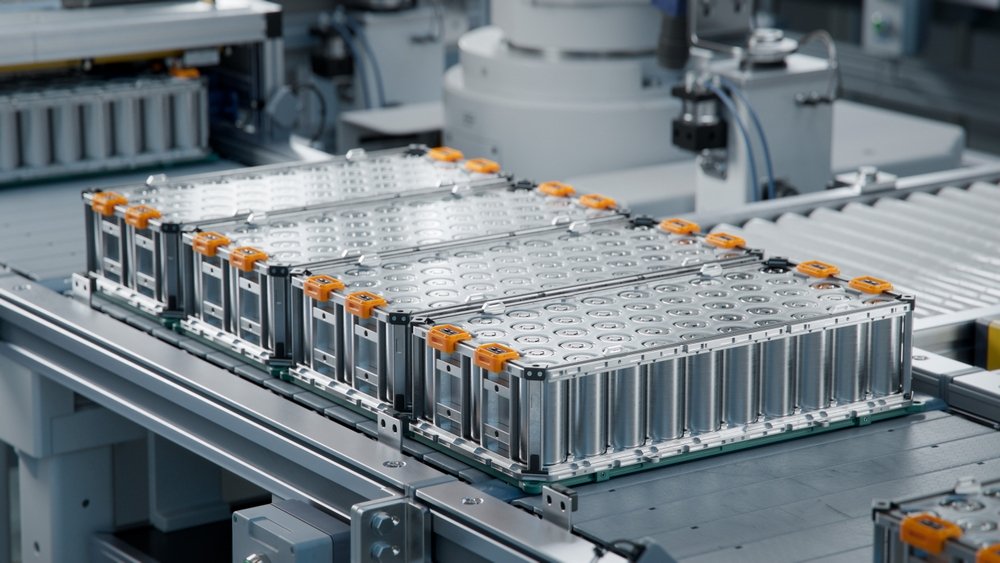The demise of Voltstorage impressively demonstrates how quickly hopes can be dashed. The battery technology pioneered iron-salt energy storage, enabling a 1-megawatt system with over 1,000 cycles without any noticeable loss of performance. Nevertheless, the end came abruptly, as market conditions, investor interests, and strategies did not harmonize with the corresponding cell innovations. (pv-magazine: 28.08.25)
Headlines about battery technology and cell innovations in the electric vehicle sector
New headlines about alleged breakthroughs appear almost weekly. Media reports on range records, fast-charging miracles, or affordable energy storage systems. CATL presented a solution that achieves 520 kilometers in a five-minute charging time. BYD also showcased a system that recharges 470 kilometers in a very short time and simultaneously integrates charging infrastructure. At the same time, CATL launched mass production of sodium-ion batteries, which are better able to withstand cold temperatures and reduce costs.

The flood of reports continues. Silicon anodes are considered the next cell innovation. Companies like Sila and GDI have begun industrial production and promise higher energy density and shorter charging intervals. GM and LG are working on high-manganese cells that are expected to achieve a range of over 400 miles, but won’t be available on the market for several years.
Overview of New Battery Technologies
New reports about alleged breakthroughs appear almost every week. The most important developments of the last few months:
- Fast-charging LFP (CATL Shenxing Gen2): 520 km range in five minutes of charging time.
- BYD Blade System: 470 km range in the shortest possible time, combined with its own charging infrastructure.
- Sodium-ion batteries: Cost-effective and cold-resistant energy storage, series production started.
- Silicon anodes: Cell innovation with higher energy density and shorter charging times, first factories underway.
- High-manganese cells (LMR): Ranges over 400 miles, GM and LG are working on introduction.
- Solid-state batteries: Greater range and safety, widespread introduction by 2027 at the earliest.
- Lithium-sulfur batteries: Extremely high energy density, realistic use likely after 2030.
Between innovation and depreciation
New announcements about solid-state or lithium-sulfur batteries emerge almost every week. Solid-state is considered a revolutionary cell innovation, but widespread series production is unlikely until 2027 at the earliest. Lithium-sulfur batteries score highly with their high energy density and fast charging capacity, but their use in electric cars is more likely after 2030. The multitude of such reports increases uncertainty.
Buyers are faced with a dilemma. Anyone who buys an electric car today fears a loss of value once a new battery technology with superior properties becomes reality. Vehicles with older energy storage systems are losing appeal on the used market, while new promising newcomers make the headlines almost weekly.
Few cell innovations survive
The constant wave of press releases highlights the momentum, but also the risks. Some concepts make it into series production, while many others disappear. Voltstorage demonstrates that even an advanced energy storage system can fail without a viable business model. Even promising cell innovations remain risky if the market environment and financing are not right.
The incessant reporting creates hesitancy among prospective buyers. Those confronted with new news about electric cars and battery technology every week often decide against purchasing. Policymakers and manufacturers must therefore provide guidance and build trust so that electromobility can grow despite the flood of announcements.
Conclusion: Progress requires clear perspectives
The almost weekly headlines about new battery technologies and cell innovations demonstrate innovative strength, but also reinforce doubts. Buyers expect development, but also stability. Without long-term roadmaps and comprehensible plans for electric cars, further mistrust threatens. Only a balance of innovation, stability, and realistic cell innovation can prevent the constant stream of announcements from slowing the transition and the dreaded loss of value from becoming a reality.
